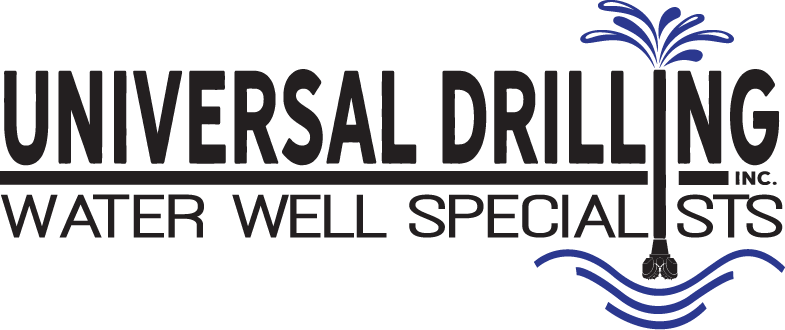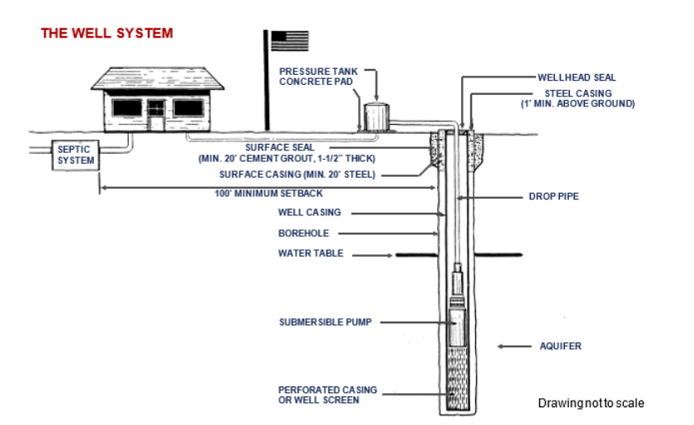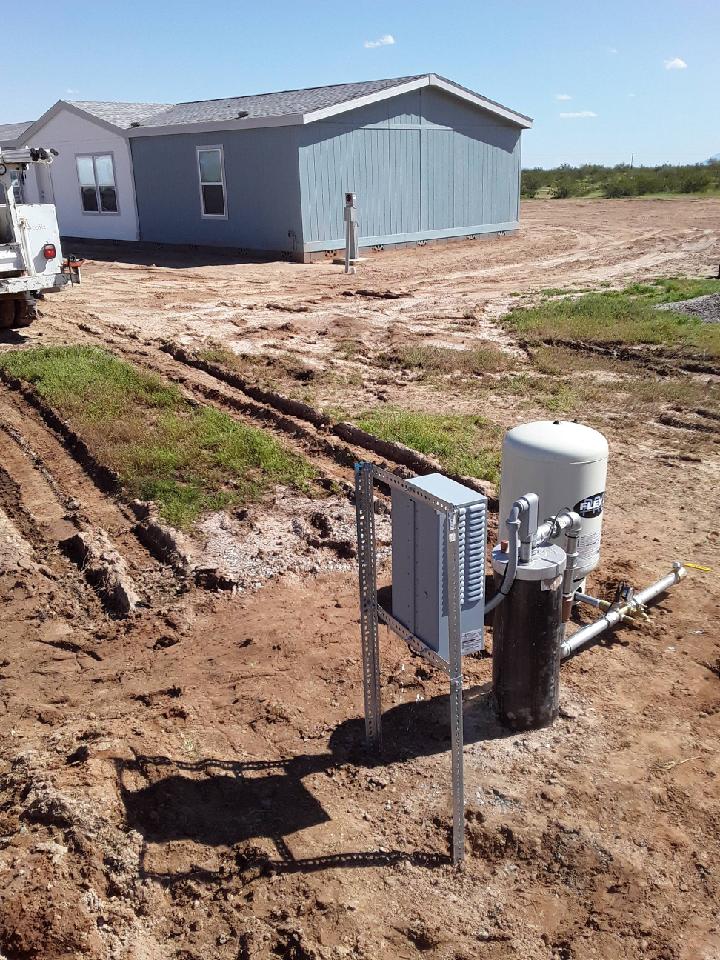There is never an exact number until the project is finished. Each well formation can and will be different. The best thing to do is when looking over a proposal from a drilling contractor make sure they have specific pricing on the following:
- Price of drilling per foot
- Price and size of casing per foot
- Cost of materials per unit “such as seal, cement, etc.”
- Cost of development and or testing if wanted or required
- Cost of pump system if wanted. We work with some outstanding pump contractors in most areas close to your home to help you when you are in need.
Prior to drilling a new well, or deepening or modifying an existing well, a Notice of Intent to Drill must be filed with ADWR. Forms are available on our website or on the States website. They must then be submitted to ADWR accompanied by the appropriate filing fee. If the property is less than 5 acres the County must also sign off on it with the appropriate fee. If it is over 5 acres we can usually pull a permit online. Authority to deepen an existing well or drill a new well will be valid for one year. After that, a new Notice of Intent must be filed. A licensed well-drilling contractor must perform the work.
When deciding on where to install your well, there are some criteria that must be met. The exact location of the water well must fit the following criteria and I can help you with that if you would like:


